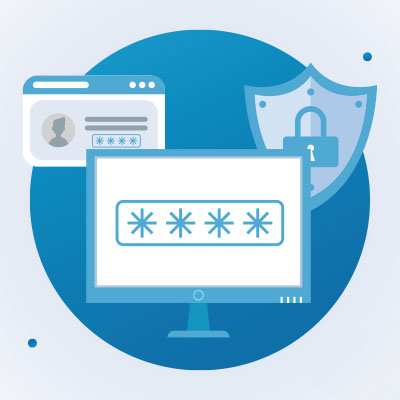Cloud computing has become a really useful tool for businesses, allowing them to grow, be more flexible, and save money. But even with all its benefits, businesses face some challenges when using cloud services. One big issue is keeping data safe and private.
Over a quarter of all data breaches target small businesses, and the cost of a breach can be devastating. To protect your business’ data and infrastructure, small businesses need a combination of effective technology tools and well-planned strategies. Here are some key steps your business can take to safeguard itself against digital theft.
Human resources is not an easy game, as I’m sure your HR representatives would be happy to tell you if asked. Therefore, it is important that they have the tools needed for success today. By this, we mean information technology that supports the everyday responsibilities and processes that an HR department is charged with completing. Let’s discuss some tools that you should incorporate into your processes.
There’s no question that modern businesses—-businesses just like yours—-cannot and should not function without cybersecurity protections. We will shout this from the mountaintops at every opportunity… so let’s go over why security is so important and what needs to be done to ensure yours.
Common knowledge states that the more you put into something, the more you get out of it. Therefore, it stands to reason that you should put as much funding as possible into your most essential resources—such as your IT. This, however, can be a hard sell to yourself or anyone invested in your company… partners and staff included.
The four-day workweek is gaining traction among small businesses. It promises improved efficiency and increased employee satisfaction… but how can technology enhance this model? How can it help businesses reap the full benefits of a shorter workweek?
No two leaders will have the exact same approach to the considerable task at hand, but it can be remarkably helpful to see what others do so you can make better decisions regarding your own management style. Let’s take a look at some specific leadership styles and whether they work well (or don’t).
A trained and engaged workforce is going to put you well ahead of the majority of your competition, and technology goes a long way toward making this goal a reality. With the right technology in place, your business and its employees can be productive and engaged even while working remotely. It all starts with increasing access to tools while building a company culture that can withstand the pressures of remote work.
You might hear us discuss the benefits of “proactive IT maintenance” all the time, but what does the word “proactive” really mean for technology management? Today, we want to demystify some of the jargon surrounding proactive IT and show you just how great of a value proposition it really is.
We work with quite a few businesses, but one is a lot more remote than the rest of them. We wanted to share a story that one of our more discreet client organizations told us after we helped them resolve a particular challenge. Don’t worry, we asked, and sharing this won’t land us on the naughty list.










